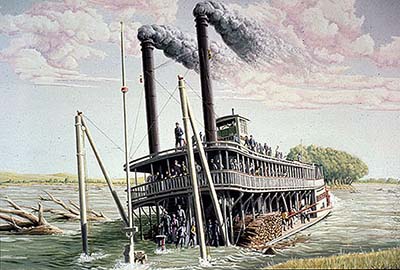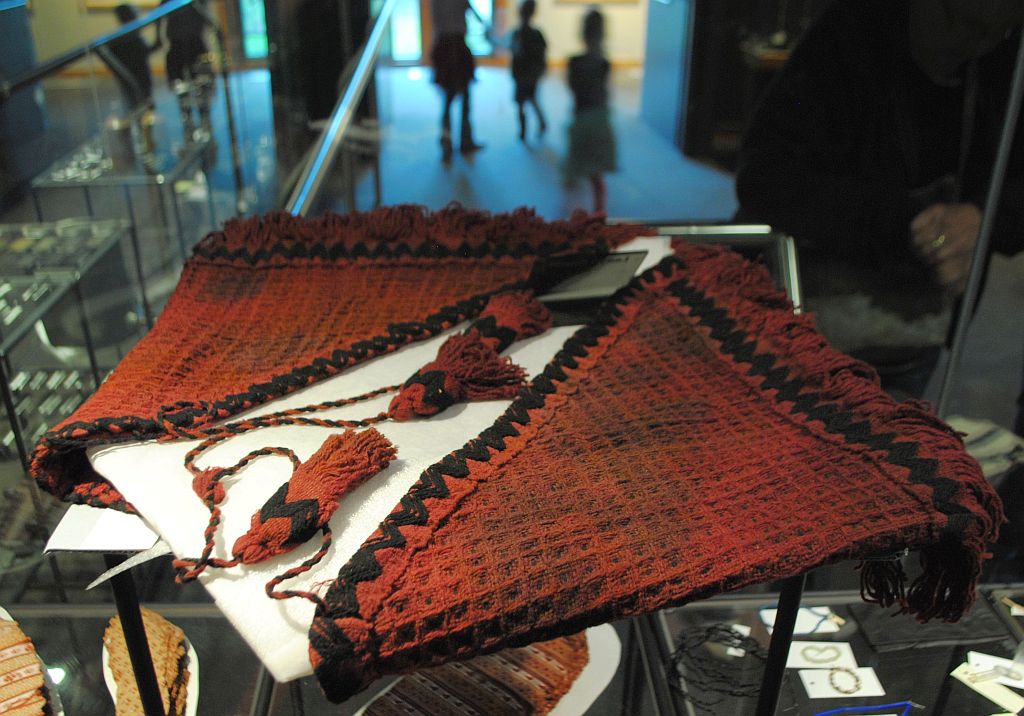February 2017
In this rich and inspiring book, acclaimed historian Douglas Brinkley takes us on the incredible journey of the United States - a nation
formed from a vast countryside on whose fringes thirteen small British colonies fought for their freedom, then established a democratic
nation that spanned the continent, and went on to become a world power. This book will be treasured by anyone interested in the story
of America.
Here, from the legendary author John Dos Passos and American Heritage, are portraits of three men critical to the early history of the
United States:
Aaron Burr, whose political skills carried him to the threshold of the White House but was ultimately indicted for treason;
Lafayette, a hero of the American Revolution who could not apply his ideals to a France sliding into terror; and
Robert Morris, whose skills as a financier aided the new nation but led to his own ruin.
From award-winning journalist Henry Moscow, here is the story of one of America's greatest presidents. Jefferson wrote America's
Declaration of Independence, but he also was an anthropologist, architect, astronomer, botanist, diplomat, farmer, inventor, lawyer,
mathematician, and musician. He spoke French, Greek, Italian, Latin, and Spanish. He founded the University of Virginia and today's
Democratic Party. During his eight years in office, he doubled the country's size.
f the origin of the colonial period was accidental, the ending was not. The representatives of the thirteen colonies who approved the
Declaration of Independence in 1776 charted a collision course, aware of the obstacles in their path and the risks they were taking.
The events that led to their decision took place over a period of nearly 300 years. Looking back, the wonder is that it culminated so
quickly. For a century after its discovery, the New World was little more than a lode to be mined by adventurers seeking profits. It wasn't
until the end of the sixteenth century that serious efforts were made to establish permanent colonies. Even then, the perils of the journey
and threats of starvation inhibited settlement.
But settlers gradually came, spurred, in part, by the fear of religious persecution, but above all, drawn by the hope of owning land. They
were a mixed lot: English Separatists from Leiden, French Huguenots, Dutch burghers, Mennonite peasants from the Rhine Valley, and a
few gentleman Anglicans. But they shared a quality of toughness.
The Tower of London was not simply a fortress: It was at various times a royal palace, a state prison, the home of the Mint, the treasury
for the Crown Jewels, a repository for state papers, and an observatory. Since lions were considered a suitable gift for royalty, one tower -
the Lion Tower - was a menagerie.
Many historic events, stately and ceremonial, pathetic or dreadful – from the murder of King Edward IV’s young sons to the beheadings of
Henry VIII’s queens to the imprisonment of Elizabeth I – took place in the Tower. It was customary for kings and queens to spend the
night, or a few days, in these apartments before their coronation; from there they proceeded to Westminster. Charles II’s was the last;
after that, the royal lodgings fell into disuse and were ultimately abandoned.
Here is the vivid story of the Tower of London, the monarchs who slept there, and the men and women who lost their lives there.
Here, from the eminent historian Bernard A. Weisberger, are the dramatic stories of the giants of the Gilded Age, the men who made
America the mightiest nation on Earth - Philip D. Armour, Andrew Carnegie, James B. Duke, Henry Ford, Meyer Guggenheim, James J. Hill,
Cyrus H. McCormick, J. P. Morgan, John D. Rockefeller, and Cornelius Vanderbilt.
In the summer of 1588, a great body of ships sailed from Spain on a Crusade: to restore England to Catholicism. The ensuing events
brought a Spanish word, armada, into the English language and created a host of legends. Intrepid English sea dogs in tiny ships, it was
said, had bravely faced down towering Spanish galleons. Finally, a storm sent by a vengeful God wrecked most of that proud fleet on its
way home.
Award-winning author Jay Williams sheds new light on the traditional picture. Although the English were superior sailors, the two fleets
were evenly matched. Moreover, the battle emerges as the high point of a four-year cold war between England and Spain. Only when set
in the context of a Europe bitterly divided between Catholics and Protestants can the contest be fully understood. The personalities of
Queen Elizabeth I of England and King Philip II of Spain and their commanders - especially Francis Drake - are also key to this dramatic
story.
150-Year-Old Butter

"It really doesn't have much of a smell anymore," claims curator Bill Cantine about the block of butter recovered by archaeologists from the wreck of the steamboat Bertrand, which sank in 1865.
Return to Tragic Sinking of the Riverboat Bertrand
Return to Treasures of the Bertrand
Return to Spring 2020 American Heritage
,
The Bertrand Sank in 1865 in the Missouri River

The steamboat Bertrand was carrying passengers and cargo up the Missouri River to the mining towns in Montana Territory when it hit a snag in the river 30 miles north of Omaha and sank on April 1, 1865.
,
The Forgotten Ship Was Found Buried in a Corn Field
Two Omaha men, Jesse Pursell and Sam Corbino, began a search in 1967 that led to the discovery of the Steamboat Bertrand. The Missouri River had changed course over time, leaving the forgotten wreck in the middle of a Nebraska cornfield. Operating under a Federal contract, the pair successfully completed the excavation of the boat and its cargo in 1969. Much of the material is on display in the visitor center of DeSoto National Wildlife Refuge maintained by the U.S. Fish and Wildlife Service.
,A Giant Bellows Was Probably Intended for a Blacksmith
Even fabrics were recovered fairly intact from Bertrand

Sixteen ladies' capes were recovered from Bertrand, including triangular knitted capes of pinkish violet with tasseled ties at the neck, very typical of the time.
,,
Hundreds of bottles with an astonishing range of contents
The Bertrand's cargo provides a extraordinary time-capsule from the Civil War era, with Underwood's "Tomatoe Katsup," brandied peaches from Boston, fruit jellies from Baltimore, pickles from Delaware, pepper sauce from St. Louis, and clover honey from Philadelphia.
Out of the division and strife of the Middle Ages, Spain emerged from behind the massive Pyrenees to straddle the stage of European
politics like some new colossus. Discoverer of a New World, it became the greatest power on earth and created a Golden Age of culture
quite breathtaking in the quality of its achievement. Within 150 years, Spain was in a state of decay and fast being left behind by more
progressive European nations.
Here, from award-winning historian Malveena McKendrick, is the dramatic story of the rise and fall of the Spanish empire.
Out of the division and strife of the Middle Ages, Spain emerged from behind the massive Pyrenees to straddle the stage of European
politics like some new colossus. Discoverer of a New World, it became the greatest power on earth and created a Golden Age of culture
quite breathtaking in the quality of its achievement. Within 150 years, Spain was in a state of decay and fast being left behind by more
progressive European nations.
Here, from award-winning historian Malveena McKendrick, is the dramatic story of the rise and fall of the Spanish empire.
